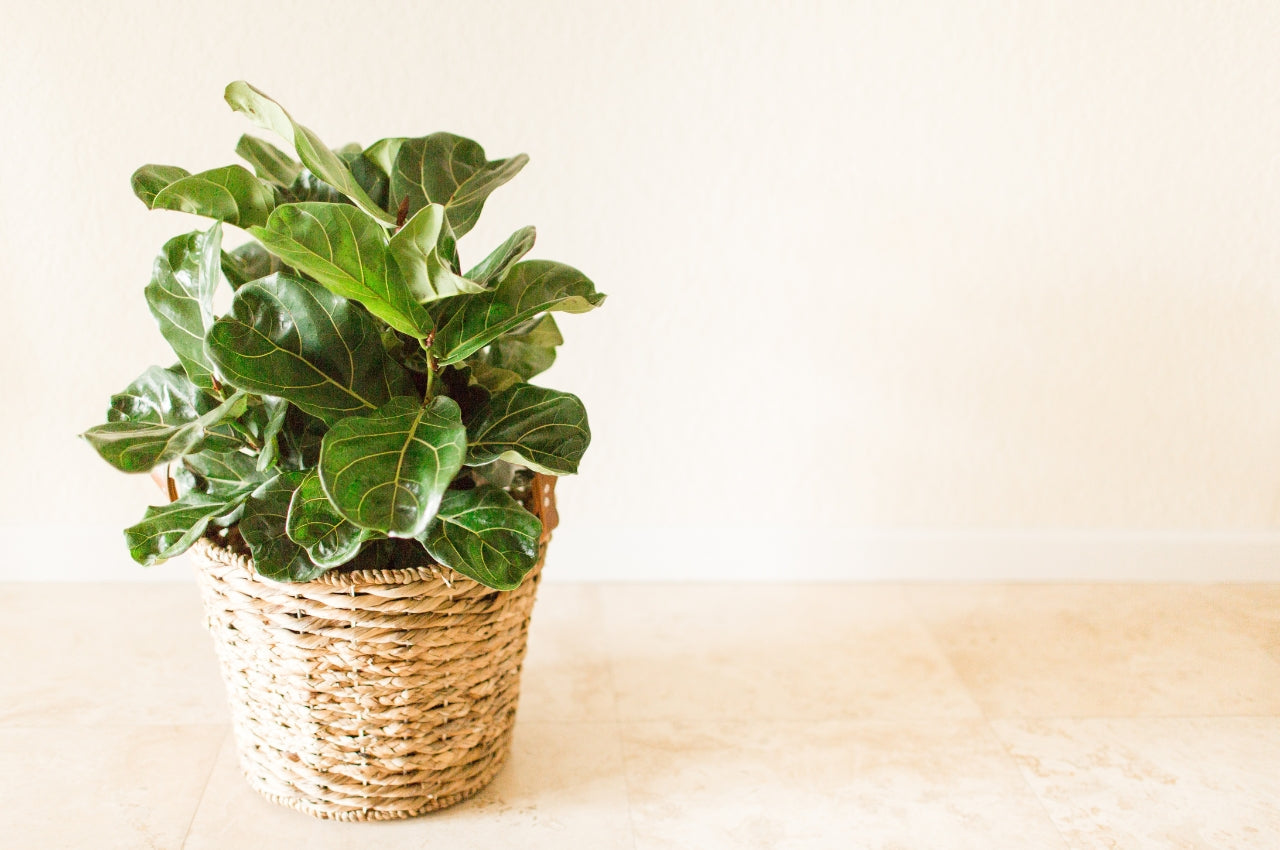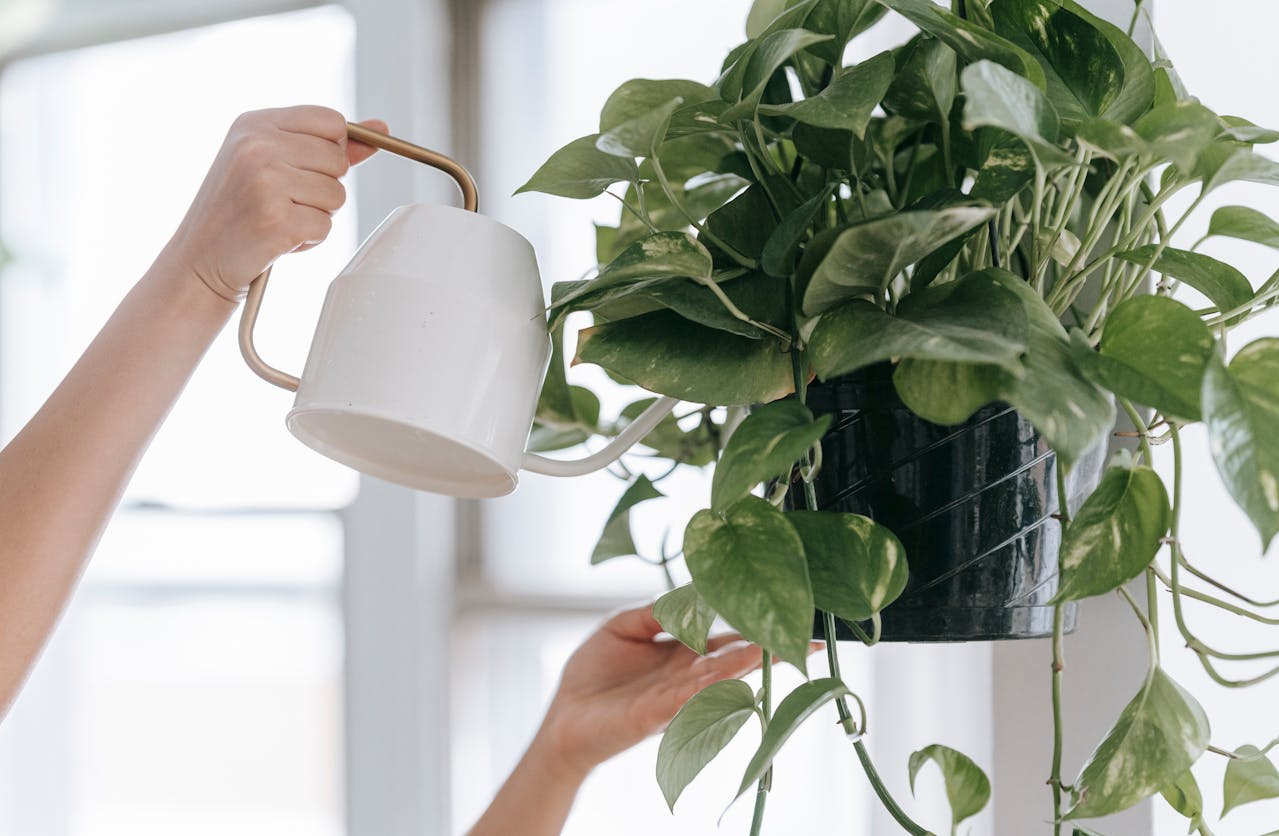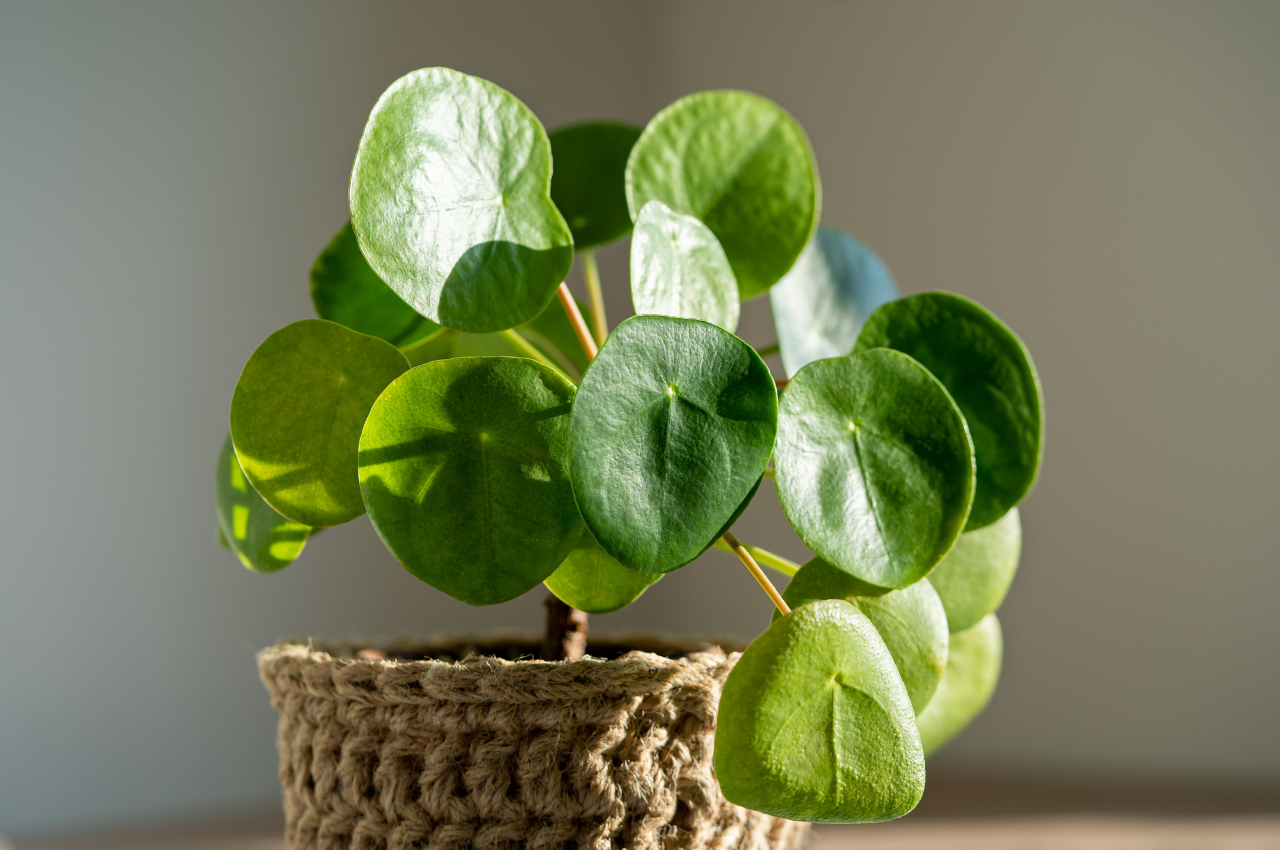So, you bought an “indoor tree,” and it happens to be a Fiddle Leaf Fig. Its big and beautiful leaves make this species very popular among houseplant lovers, which is probably why you got it in the first place.
Obviously, you want to keep your Fiddle Leaf Fig eternally pretty and pristine. And now you’re wondering about the common issues that affect this plant so you can prevent or address them.
In this article, we’re walking you through some common problems you might face as a Fiddle Leaf Fig owner. Plus, we’re also sharing tips on how to combat them.
1. Hanging or Drooping Leaves
Among the telltale signs that your fiddle leaf fig has a problem is when most of its leaves (if not all) are hanging or drooping. It’s concerning, yes, and we totally understand why. Still, take a deep breath, and don’t get too alarmed.
Your beloved fiddle leaf can recover from leaf drop, but you must know the causes to address the issue.
Common Leaf Drop Causes
- Repotting. This species is sensitive and especially fussy with sudden environmental changes. If you just bought or repotted your fiddle leaf, it’s best to expect a leaf drop so you don’t freak out. Give it a week or so, and it should bounce back.
- Location Shift. Because it’s sensitive to environmental changes, the fiddle leaf naturally prefers consistency. Moving it from your bedroom to the living room may cause a leaf drop.
- TIP: Try to maintain the same conditions for your fiddle leaf fig throughout the year. If changes are necessary, make sure to implement them gradually.
- An underwatered fiddle leaf may also have brown and crispy edges.
2. Brown Spots on Leaves
Compared to leaf drop, brown spots on leaves imply more serious issues, and there’s more than one reason why they appear. Causes include insect infestation, bacterial infection, and root rot.
Insect Infestation
When you see brown spots on the leaves, immediately look at the underside and the stems that connect to the affected leaf. It’s the easiest way to check for insect infestation.
The insects cling to the leaves and suck out the juices, eventually causing the brown spots. Generally, this is how an insect attack manifest, but the “symptom” can also be distinct, depending on the species.
- Spider mites. These things are microscopic, but they’re easy to spot. Check the underside of the leaves, and if you see silky webbing, it’s most likely spider mites.
- Aphids. Aphids are more distinctive than spider mites. You can spot them immediately, appearing in tight clusters around stems and the leaves’ underside. They either appear black or green.
- Mealybugs. These insects appear like white fluff on the leaves and stem, usually at the part where the leaf and the stem connect.
TIP: Isolate the plant as soon as you see signs of insect attack. Apply neem oil, a natural insecticide that typically works against common insects. Insecticidal soap could also be effective, too.
Other insects like whitefly and fungus gnats also cause brown spots on the leaves.
Bacterial Infection
Smaller spots typically indicate an insect infestation. Meanwhile, large brown patches suggest a bacterial infection. The color varies from light to dark brown, often accompanied by yellowing on the leaves and sometimes, throughout the plant.
Removing the affected leaves is typically the best approach to combat bacterial infection. The infection is typically concentrated on where you see the brown spot, so it’s better to prune the area. Depending on the severity of the disease, you may need to repot the plant in fresh soil.
Sunburn and Damage
Sunburn on your plant may appear as tan or brown marks from the leaf’s edge—along with drooping, curling, and even crisping on the edges. The marks may also appear as irregular patches rather than spots or dots.
Fiddle Leaf Figs thrive on direct sunlight in their natural habitat. But those we buy for growth indoors are more accustomed to shady environments and are more responsive to indirect light.
Aside from too much sun exposure, damage caused by tears and impact also leave brown marks on the leaves.
3. Reddish Spots or Dots
The cluster of little red spots on the leaves is likely caused by edema. This occurs when plants take in more water than they can handle. The excess water creates pressure in plant cells, causing them to burst and resulting in red or blister-like dots.
The reddish marks typically appear on developing leaves but may also appear on older ones. In most cases, they fade over time after you adjust your watering.
4. Black Spots
Sometimes, the damage caused by overwatering is more severe than you expect, especially if you see black spots on the leaves. Dark brown patches that appear almost black are a telltale sign of root rot, often caused by overwatering and inadequate pot drainage.
The surest way to check for root rot is to examine the roots themselves, which means you may have to pull the plant out from the pot. The roots are typically tan or sandy brown, and if they are darker and almost black, this shows they’re rotting.
Overwatering may also trigger fungal and bacterial infection, which then causes roots to rot. In this case, dark brown or black spots appear in the middle of the leaf rather than the edges. But note that other symptoms may also emerge, aside from localized spotting.
TIP: To address root rot, you should remove the afflicted roots and transfer the plant into a well-draining soil and pot. Lack of sunlight may also lead to root rot and infection.
5. Yellowing Leaves
Many factors lead to the yellowing of leaves. Common causes include overwatering, underwatering, inadequate sunlight (or too much) lack of nutrients.
But yellow leaves are also a sign of aging: older leaves will naturally turn yellow before falling off. So, when you see that the leaves of Fiddle Leaf Fig are becoming yellow, it’s most likely going through the natural process and not a reason for concern.
The telltale sign that a serious issue is afflicting your plant is that only parts of the leaves turn yellow and are usually accompanied by brown marks and spots.
Sudden changes in location and temperature also cause yellowing.
The Takeaway on Fiddle Leaf Figs

As one of the popular houseplants, we understand why you think a Fiddle Leaf Fig is a hardy plant. But it's not. One thing to consider is that this species is sensitive to fluctuations in temperature and other environmental changes. It’s also more likely to thrive in warmer conditions.
Leaf drop and yellowing or browning leaves are the most obvious signs that this plant is not doing okay. So, if you notice these symptoms, it’s best to check them immediately.
Poor drainage and excess water are detrimental enemies of Fiddle Leaf Figs. To avoid issues and irreversible damage, keep your plant in a pot with proper drainage and maintain a watering routine that balances the soil moisture.



Leave a comment
This site is protected by hCaptcha and the hCaptcha Privacy Policy and Terms of Service apply.